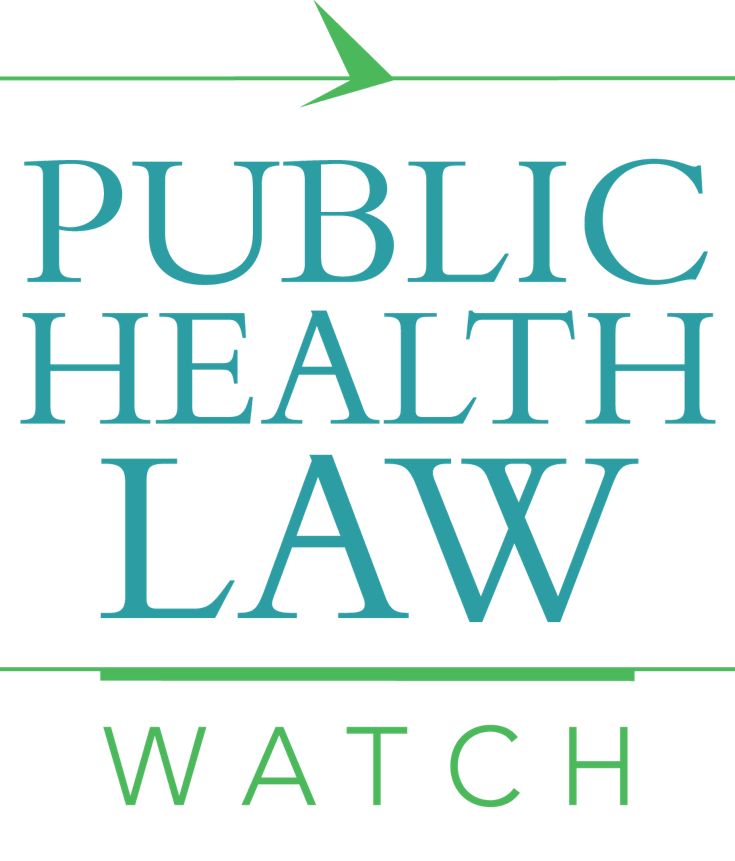George Consortium member Rebecca L. Haffajee has a new article in the American Journal of Preventive Medicine focusing on some of the reasons why only 40% of people with opioid use disorder actually receive medication-assisted treatment. One major reason is that so few physicians are licensed to even prescribe buprenorphine (such as Suboxone). As the article details, numerous workplace barriers contribute to this lack of licensing, including insufficient training, lack of peer support, inadequate reimbursement, and regulatory hurdles.
For complete article with footnotes, please see: https://www.sciencedirect.com/science/article/pii/S0749379718300746
Introduction
Opioid misuse and overdose continue to escalate, contributing to the growing population with opioid use disorders (OUDs) in need of treatment. The opioid-related overdose death rate increased from 6.1 to 16.3 deaths per 100,000 people from 1999 to 2015, totaling 33,091 deaths in the U.S. in 2015. Rates of opioid-related substance use treatment admissions have followed a similar trajectory. Despite recent abatements in prescription opioid dispensing and use,4 prescribing contributes heavily to those who are misusing opioids. Moreover, overdoses and infectious diseases resulting from opioid injection drug use continue to climb, and are increasingly attributed to heroin and potent synthetic opioids, such as fentanyl.
Meeting the clinical criteria for an OUD—or a “problematic pattern of opioid use leading to clinically significant impairments or distress,”—increases a person’s risk of early death (typically from overdose, trauma, suicide, or infectious disease transmission) by a factor of 20.The prevalence of OUDs has increased significantly over time, from approximately 1.5 million in 2003 to more than 2.3 million in 2015. Despite the risks of untreated OUD, the gap between OUD prevalence and evidence-based medication-assisted treatment (MAT) capacity was close to 1 million in 2012.
Buprenorphine, one of three medications used as part of MAT, has high potential to address the persistent OUD treatment gap. Buprenorphine is approved for use in non-specialty outpatient settings, has demonstrated effectiveness at promoting abstinence and reducing opioid-related overdoses, and is cost effective. However, according to the Substance Abuse and Mental Health Services Administration (SAMHSA), less than 4% of licensed physicians were approved to prescribe buprenorphine in 2017. In 2016, overall 47% of counties—and 72% of rural counties—lacked a buprenorphine-waivered physician.26 Although buprenorphine capacity has increased since 2002—when it was first approved for OUD treatment in office-based settings—the treatment gap has not significantly narrowed because of the increasing population with OUDs. Moreover, many buprenorphine-approved prescribers treat far fewer than the number of patients allowed by regulations.17; 27 ; 28 Estimates range, but suggest that only 20%–40% of people with OUDs are receiving MAT.
Despite some recent policy successes in expanding buprenorphine treatment insurance coverage, funding, and provider capacity, significant provider and policy barriers remain and must be addressed to capitalize on this promising treatment at a time of dire public health need. This article provides a brief history of MAT and the factors contributing to buprenorphine’s promise. It then outlines persistent provider workforce barriers to buprenorphine provision in the U.S. and policy recommendations to address them.
The rest of the article (including footnotes) is available here: Policy Pathways to Address Provider Workforce Barriers to Buprenorphine Treatment
